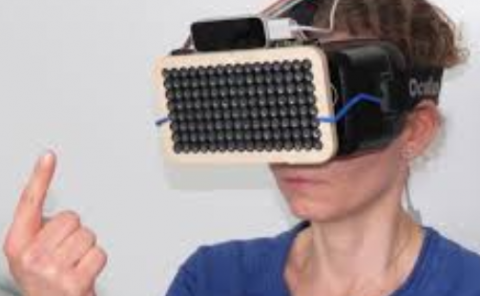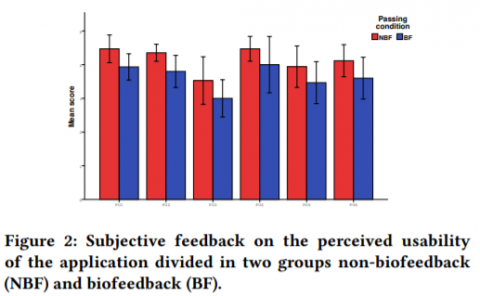Effects of a mixed reality headset on the delay of visually evoked potentials
PubDate: Dec 2023
Teams: National Aeronautical Company of Chile;University of Chile
Writers: Víctor Manuel Hidalgo, Carlos Andrés Bazaes, Juan-Carlos Letelier
PDF:Effects of a mixed reality headset on the delay of visually evoked potentials
Abstract
Virtual and mixed reality (VR, MR) technologies offer a powerful solution for on-the-ground flight training curricula. While these technologies offer safer and cheaper instructional programs, it is still unclear how they impact neuronal brain dynamics. Indeed, MR simulations engage students in a strange mix of incongruous visual, somatosensory and vestibular sensory input. Characterizing brain dynamics during MR simulation is important for understanding cognitive processes during virtual flight training. To this end, we studies the delays introduced in the neuronal stream from the retina to the visual cortex when presented with visual stimuli using a Varjo-XR3 headset. We recorded cortical visual evoked potentials (VEPs) from 6 subjects under two conditions. First, we recorded normal VEPs triggered by short flashes. Second, we recorded VEPs triggered by an internal image of the flashes produced by the Varjo-XR3 headset. All subjects had used the headset before and were familiar with immersive experiences. Our results show mixed-reality stimulation imposes a small, but consistent, 4 [ms] processing delay in the N2-VEP component during MR stimulation as compared to direct stimulation. Also we found that VEP amplitudes during MR stimulation were also decreased. These results suggest that visual cognition during mixed-reality training is delayed, not only by the unavoidalbe hardware/software processing delays of the headset and the attached computer, but also by an extra biological delay induced by the headset's limited visual display in terms of the image intensity and contrast. As flight training is a demanding task, this study measures visual signal latency to better understand how MR affects the sensation of immersion.



